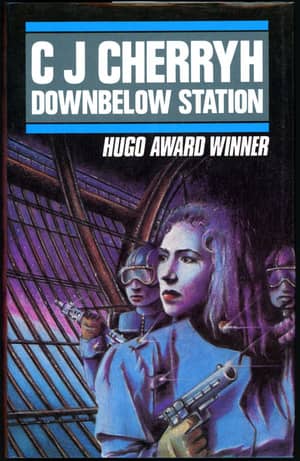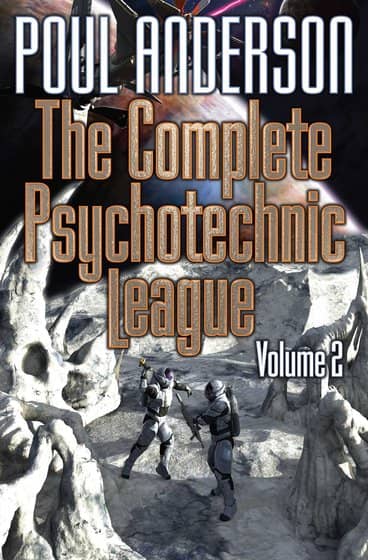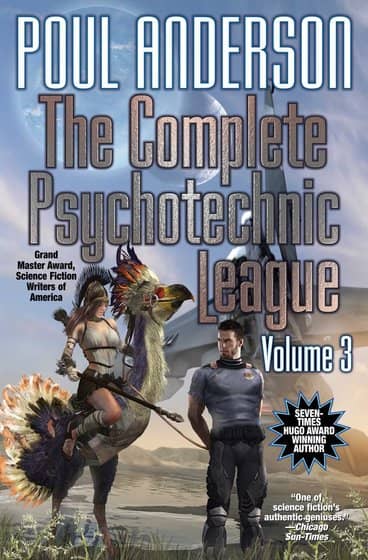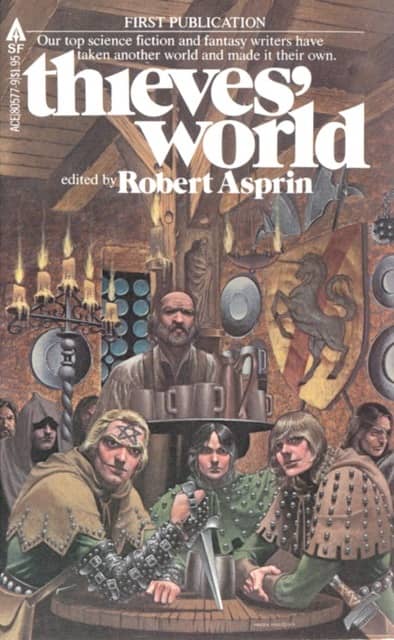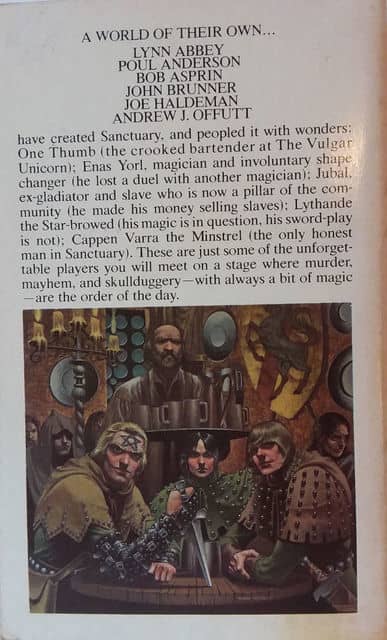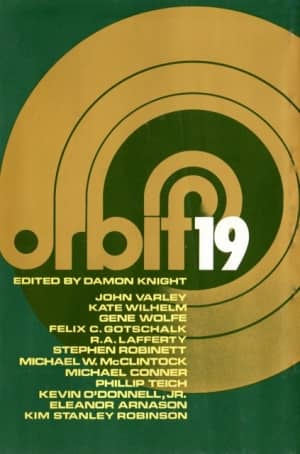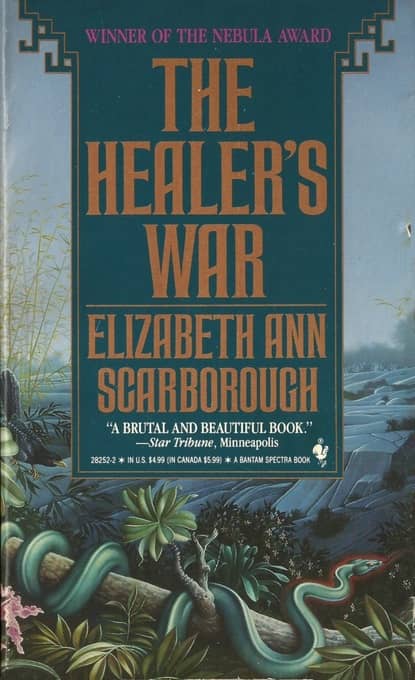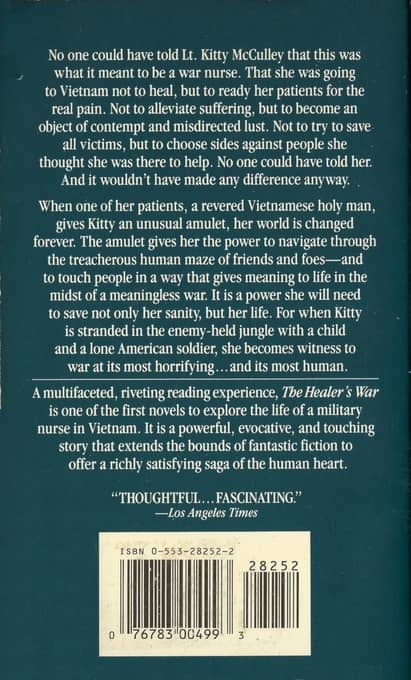Birthday Reviews: Andrew Weiner’s “Bootlegger”
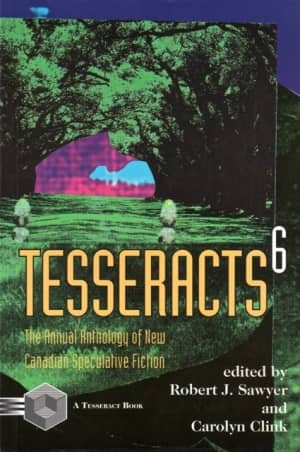
Andrew Weiner was born on June 17, 1949.
Weiner’s story “The Third Test” was nominated for the British SF Association Award. He has also been nominated for the Aurora Award three times, for the original story “Station Gehenna” (which he expanded to a novel), “Eternity, Baby,” and “Seeing.”
“Bootlegger” was published in 1997 by Robert J. Sawyer and Carolyn Clink in the anthology Tesseracts6. The story has not been reprinted.
“Bootlegger” tells the story of Marshall Baron, a washed up musician who discovers that there are CDs being circulated that purport to be bootlegs of some of his early music. The problem is that he knows that he never recorded or wrote the songs that are on the albums, although voice analysis claims they are by him. He has Alderman, one of his agents, try to find the source of the bootlegs so they can figure out what is happening.
Alderman’s investigations lead him to Greenspan, a fan of Baron’s who has written several gossipy books about the singer. Although Baron wants nothing to do with the man, whom he considers a crank, Greenspan will only reveal his source of the bootlegs to Baron, nobody else. Greenspan’s revelation is that he has access to another world where Baron’s career had a different, more successful, trajectory. He feels that Baron could still make a difference in their own world, spark the revolution that his early music promised, although Baron disagrees, feeling that the revolution has passed.
Greenspan is not only a fan of Baron’s work, but also jealous of him and something of a radical. If Baron isn’t going to use his talents to make the world a better place, Greenspan is going to use his ability to access other worlds to create the world that he feels is necessary, even if it means taking Baron away from everything that he has achieved. Greenspan’s plans work within the context of the story, although when fully explored, there were other, less disruptive options he could have chosen.

